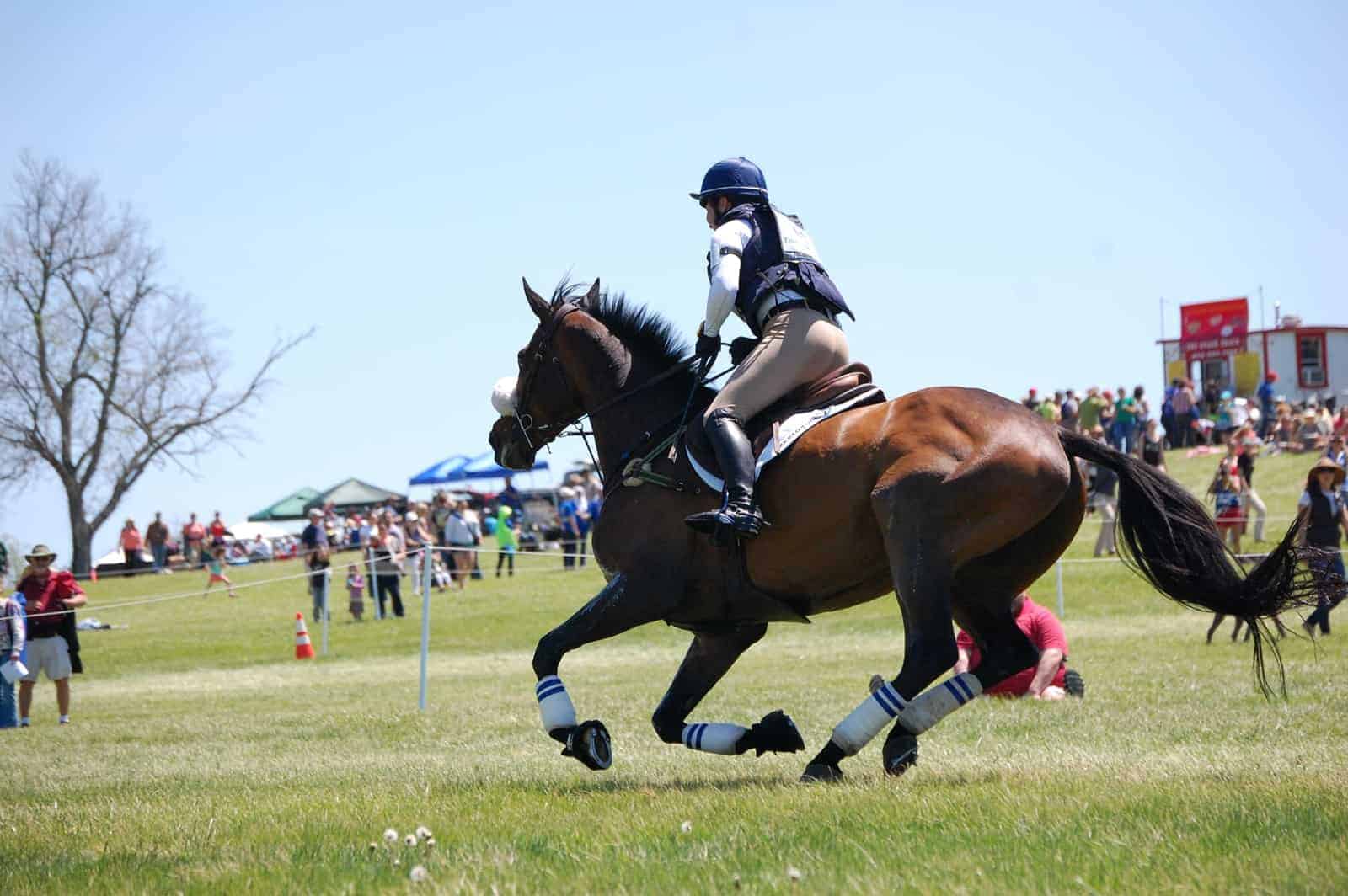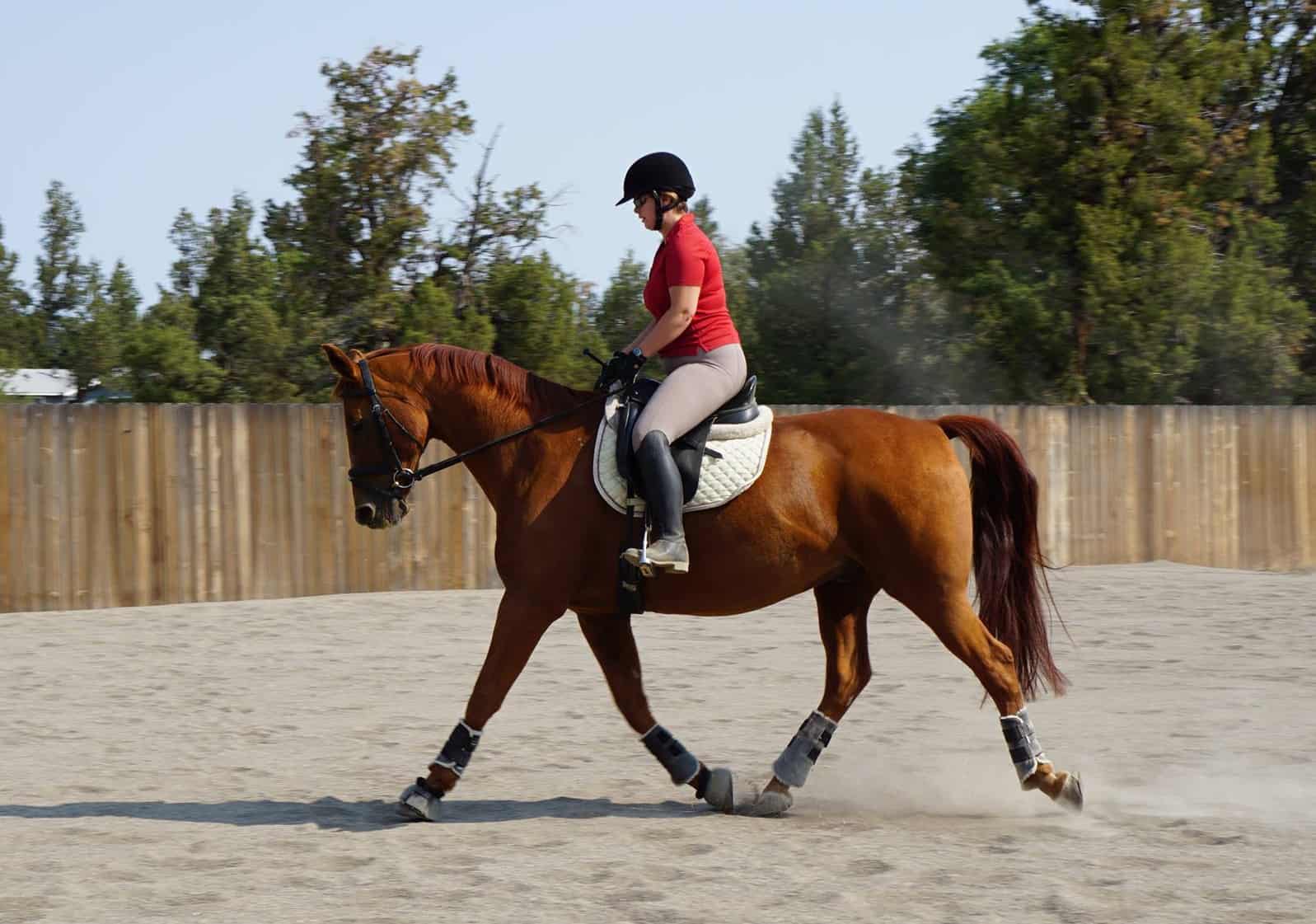Giving the Equine Heart Some Love
- Topics: AAEP Convention 2018, Anatomy & Physiology, Cardiovascular System, Conditioning, Conditioning For Competition, Diseases and Conditions, Exercise-Related Conditions, Heart & Cardiovascular Problems, Horse Care, Lameness, Monitoring Exercise Performance, More Diseases & Conditions, Sports Medicine

The horse’s heart is well-described in training texts and literature: It is big, giving, trusting, and can push the animal toward great feats of speed and strength. But as much credit as we give horses for their metaphorical hearts, the actual blood-pumping organs generally get far less attention than other bodily systems, said internist Virginia B. Reef, DVM, Dipl. ACVIM, ACVSMR, who specializes in equine cardiology.
As a remedy, the American Association of Equine Practitioners (AAEP) gave the horse’s heart a little love and invited Reef to present the Frank J. Milne State-of-the Art Lecture at its 2018 convention, held Dec. 1-5 in San Francisco, California. Reef, who serves as a professor and section chief in imaging at the University of Pennsylvania School of Veterinary Medicine’s (Penn Vet) New Bolton Center, in Kennett Square, has spent her 40-year career studying the equine cardiovascular system and treating heart disease.
“It’s an area that veterinary schools in the past overlooked—(people believe) horses don’t get cardiac disease or that it’s unimportant,” Reef said. “But there’s more and more recognition that cardiac disease actually is important, and there’s concern from the public and veterinarians about horse safety and sudden cardiac death
Create a free account with TheHorse.com to view this content.
TheHorse.com is home to thousands of free articles about horse health care. In order to access some of our exclusive free content, you must be signed into TheHorse.com.
Start your free account today!
Already have an account?
and continue reading.

Written by:
Michelle Anderson
Related Articles
Stay on top of the most recent Horse Health news with















